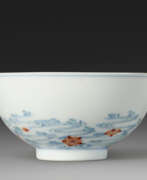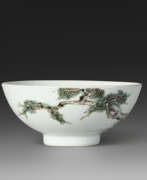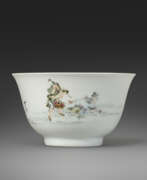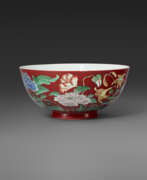Yongzheng period

Yongzheng period
The Yongzheng period, a pivotal era in Chinese history, was marked by remarkable advancements in culture, art, sculpture, and painting. Yongzheng, a Chinese emperor of the Qing Dynasty, ruled from 1722 to 1735 and is known for his dedication to fostering artistic excellence.
During the Yongzheng period, the culture flourished, and the emperor himself was a patron of the arts. He promoted a revival of classical Chinese aesthetics, encouraging the creation of exquisite porcelain, intricate jade carvings, and intricate lacquerware. These artifacts from his reign are renowned for their elegance and attention to detail, often gracing the collections of art collectors worldwide.
Yongzheng's patronage extended to painting and sculpture as well. His support for artists and craftsmen led to the production of stunning works, many of which can be found in prestigious museums and galleries today. These works capture the essence of the era, showcasing the craftsmanship and cultural richness of the time.
Collectors and experts in art and antiques value the Yongzheng period for its contributions to Chinese art and culture. Its legacy lives on through the exquisite pieces that have survived to this day, serving as a testament to the artistic achievements of this historical era.
If you are passionate about Chinese art and history, stay updated on new product sales and auction events related to the Yongzheng period. Sign up for our newsletter to ensure you don't miss out on opportunities to acquire these valuable pieces of history.
| Country: | Asia, China |
|---|---|
| Start of the period: | 1722 |
| End of the period: | 1735 |







